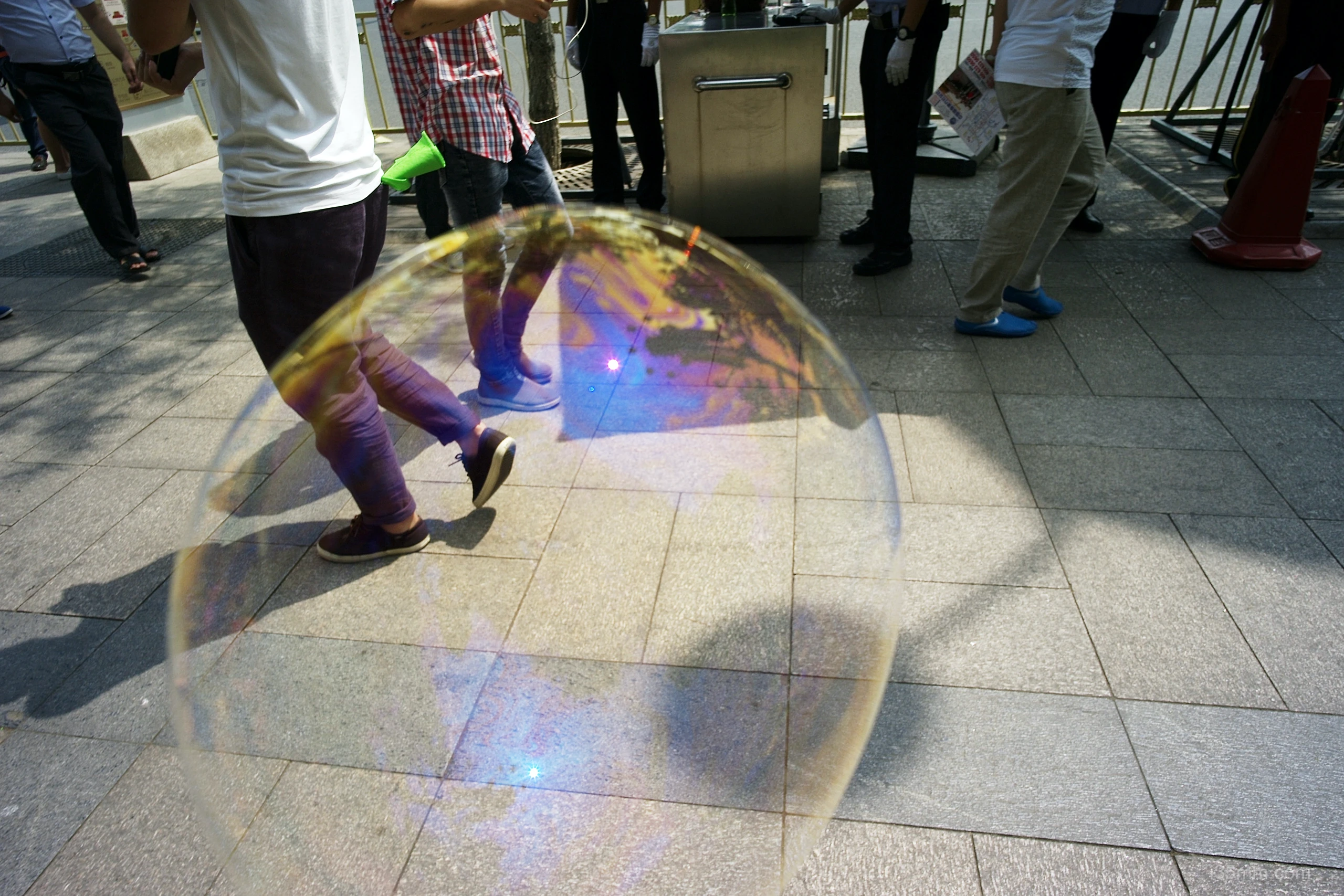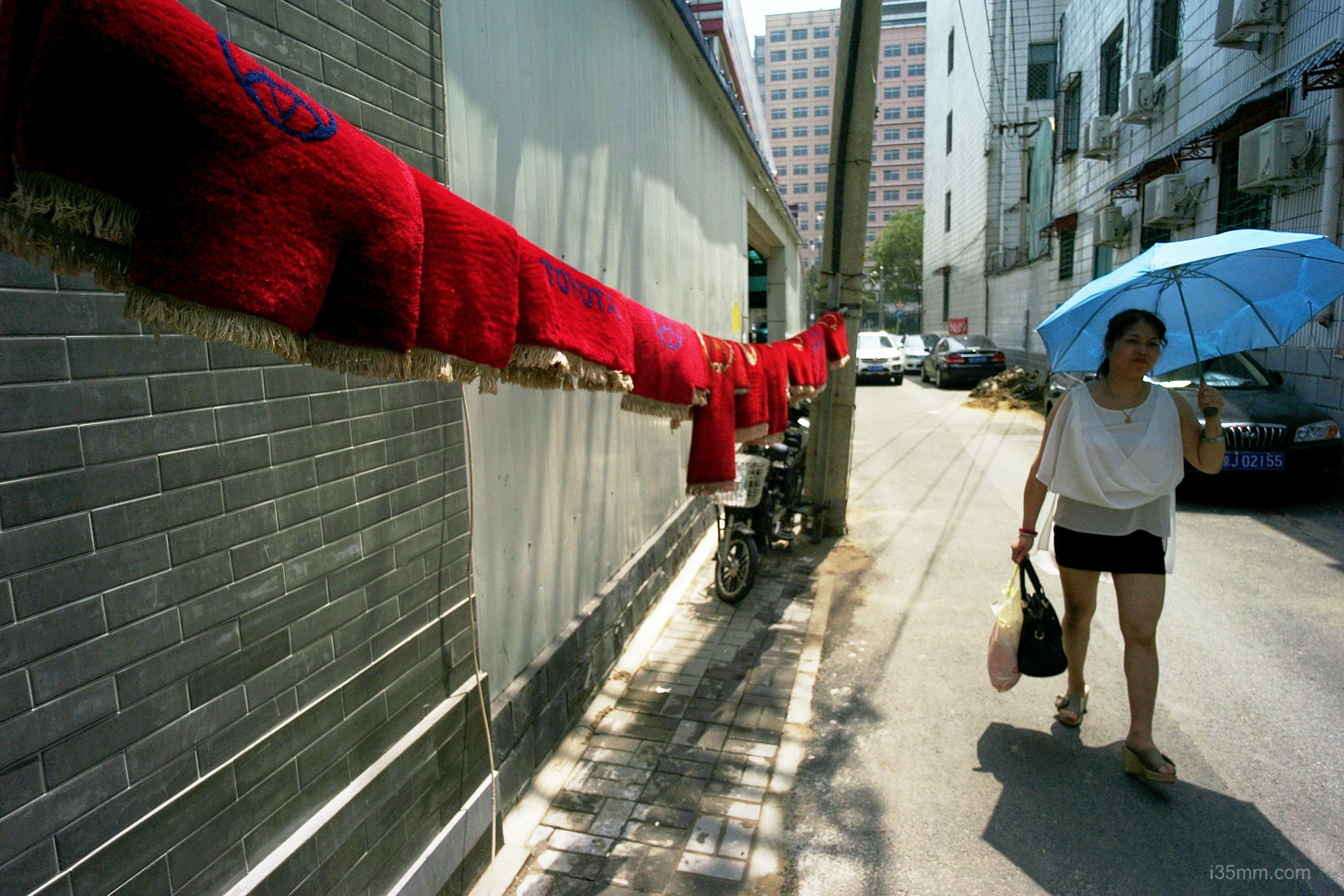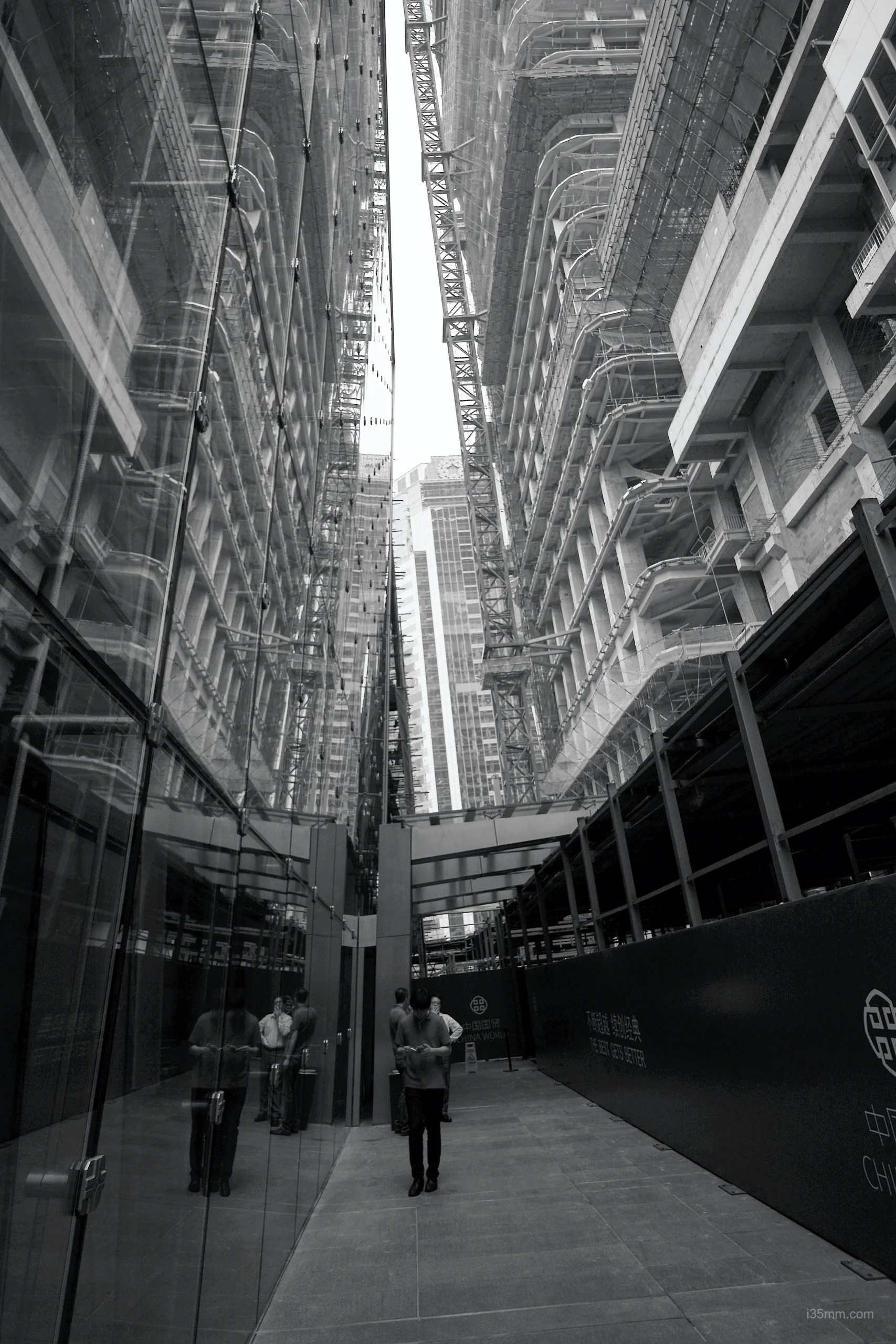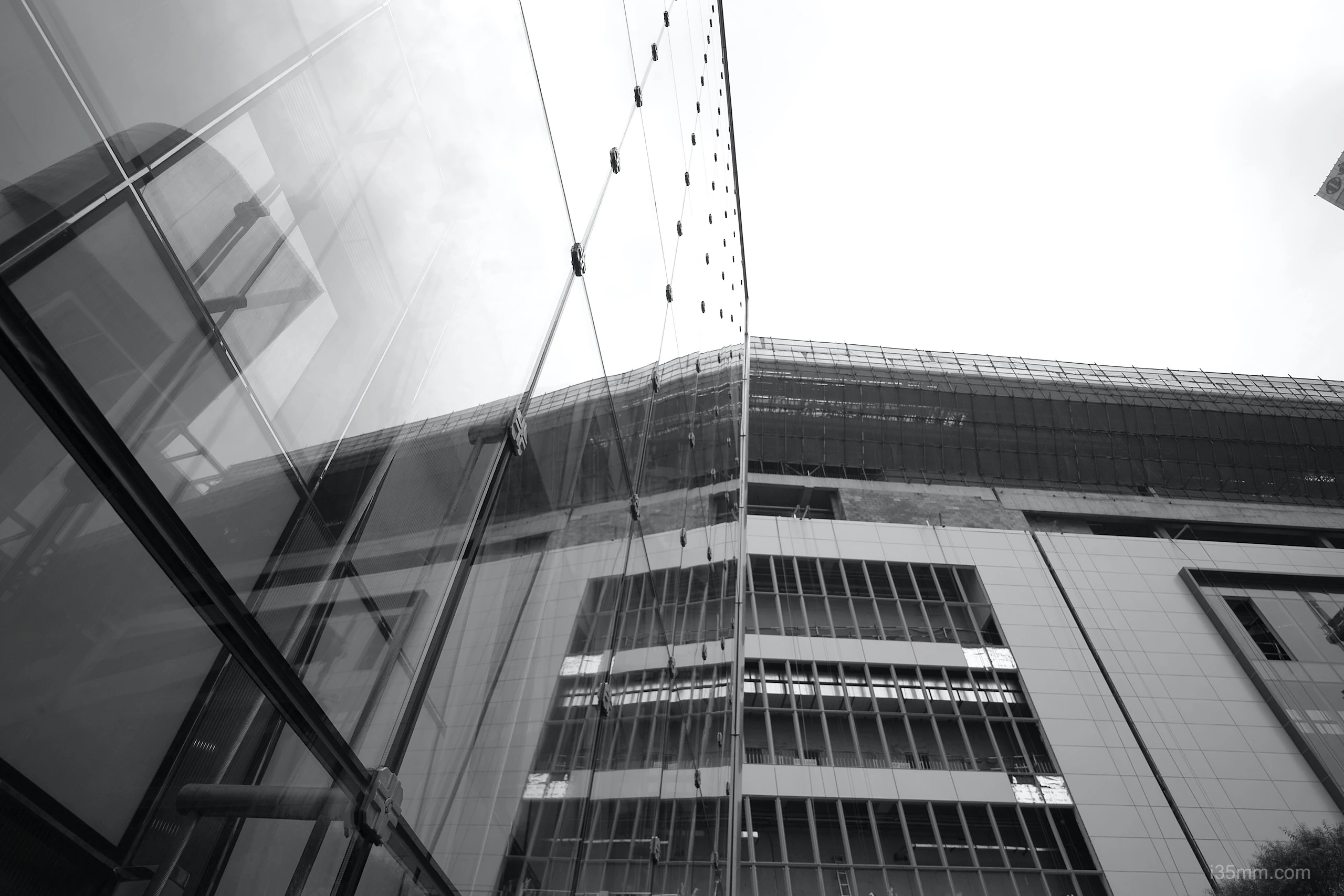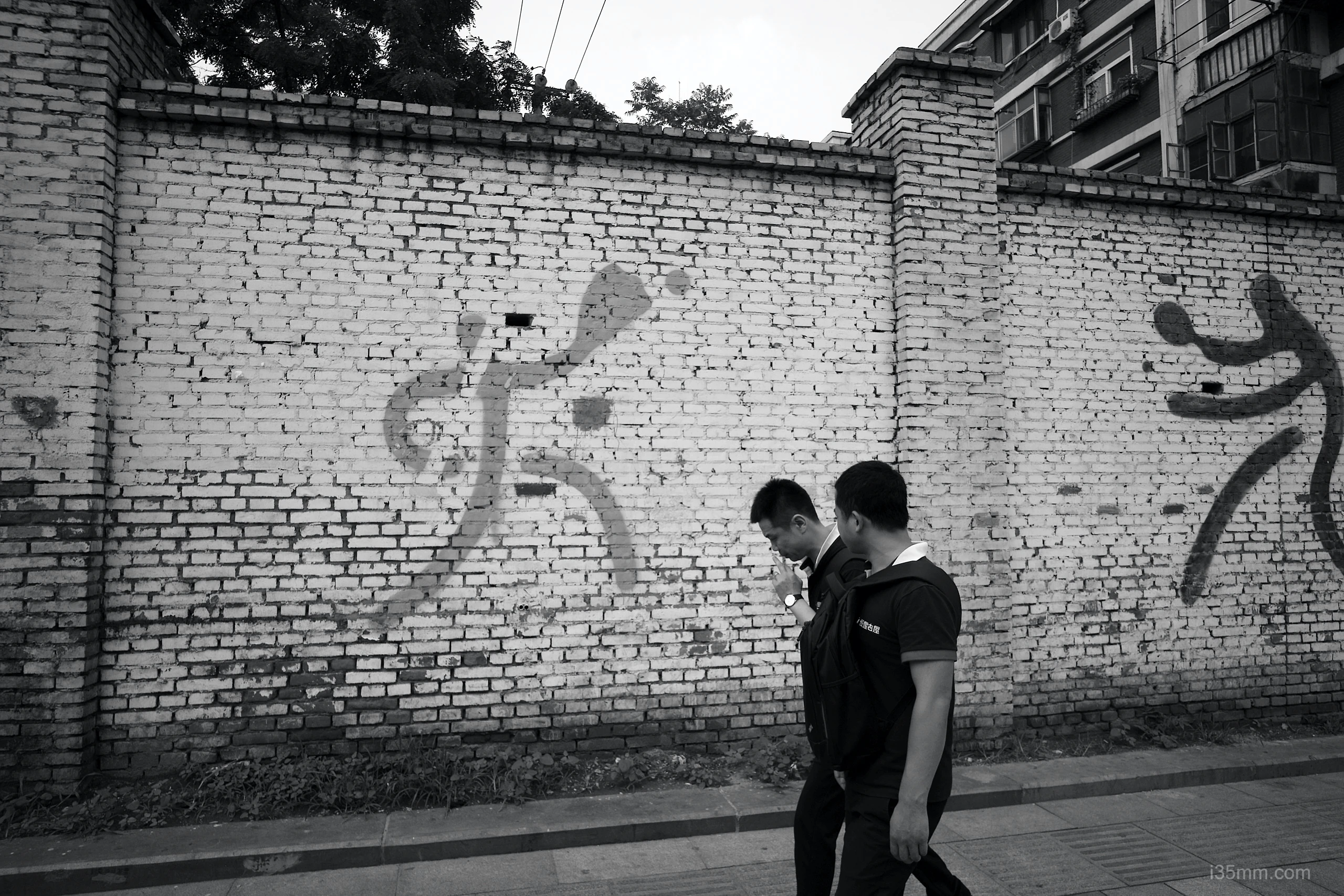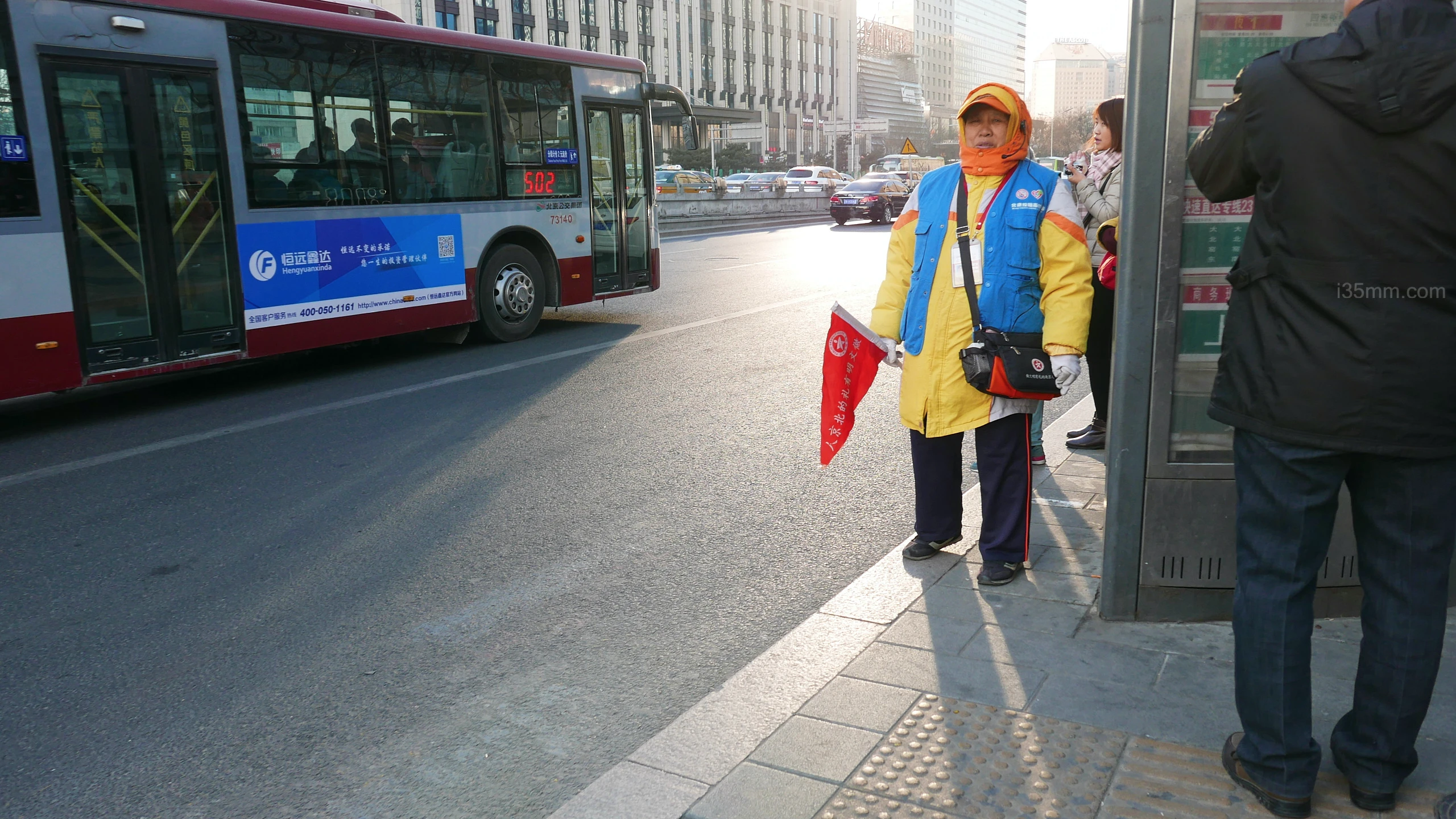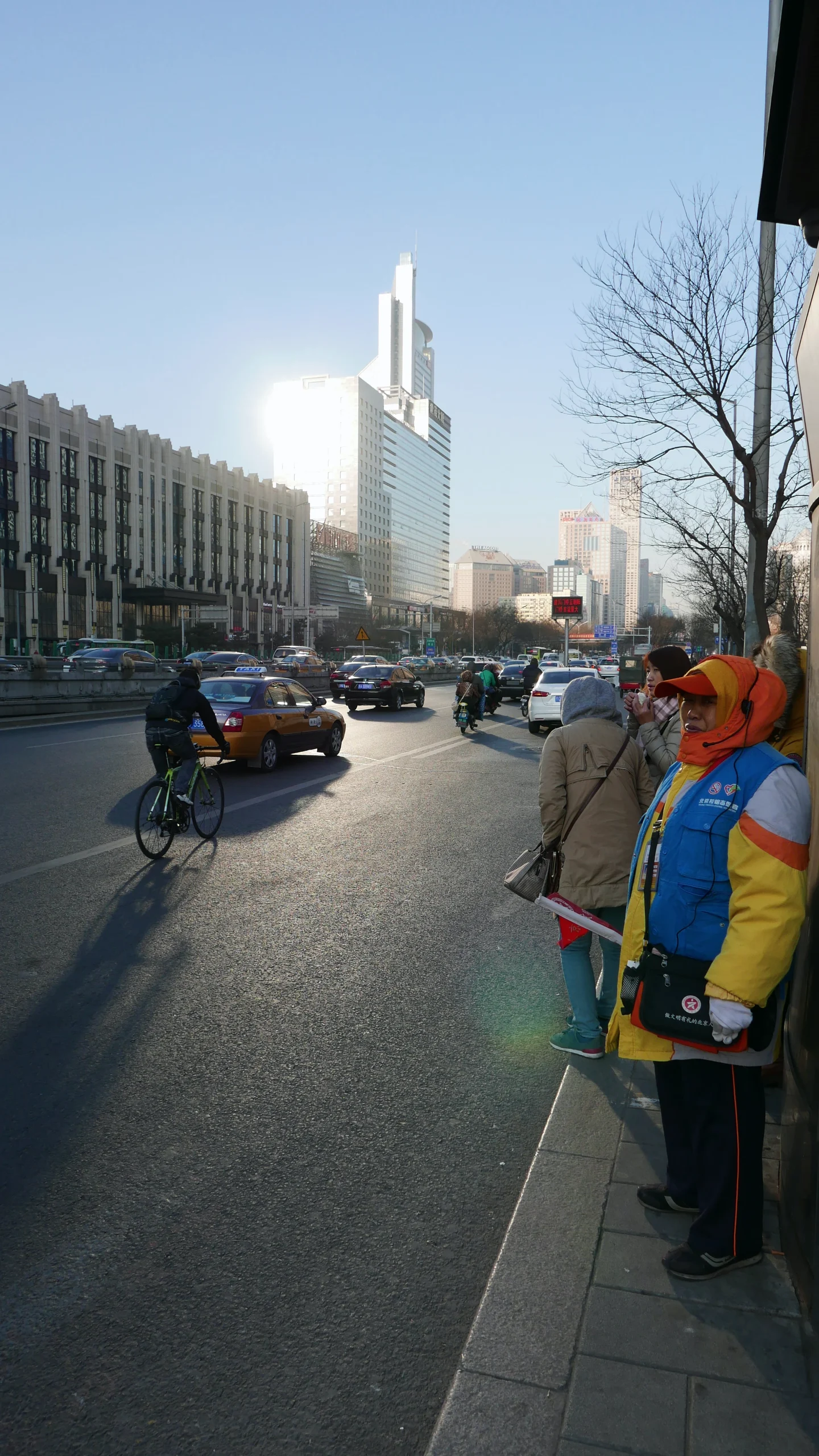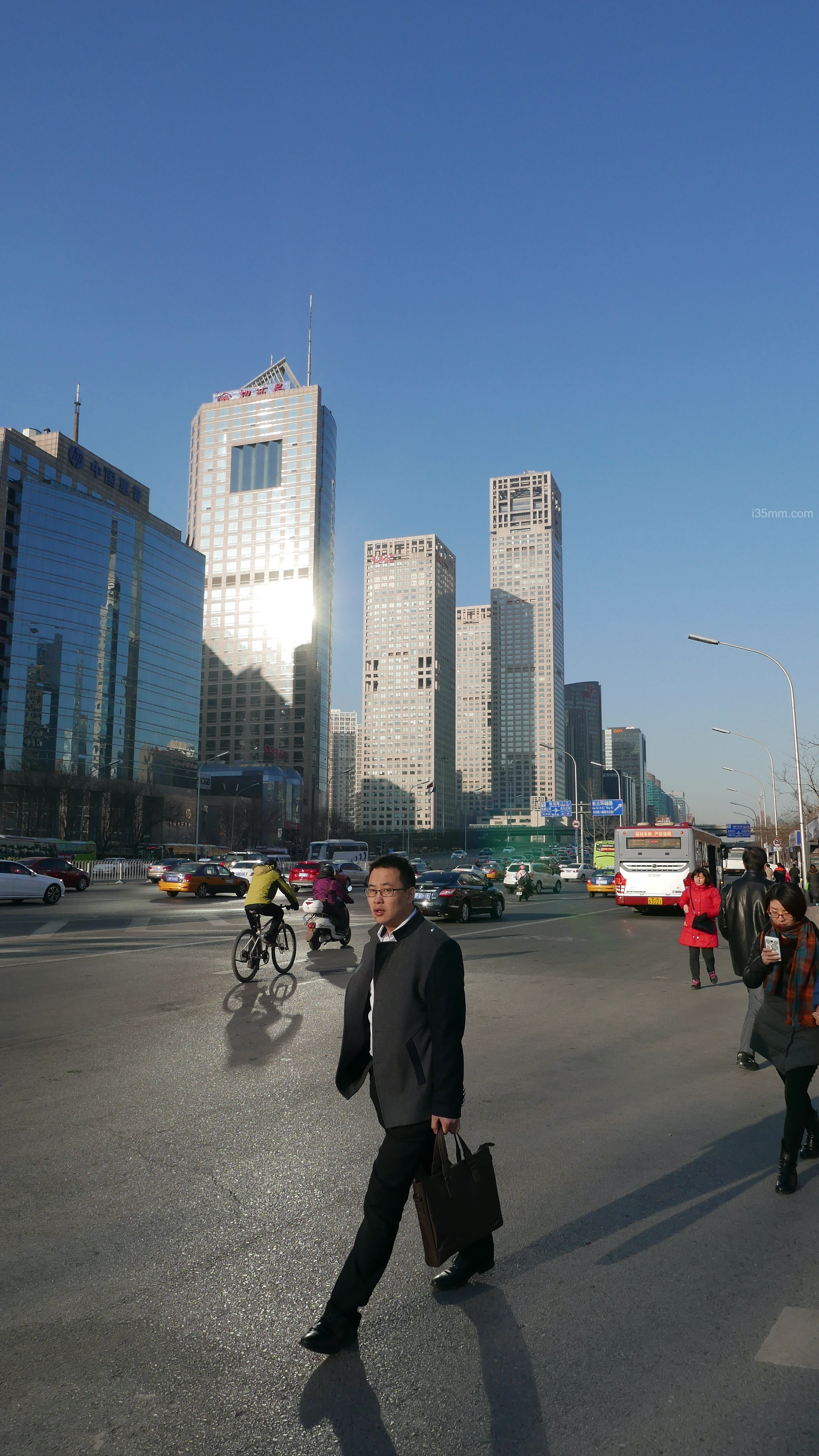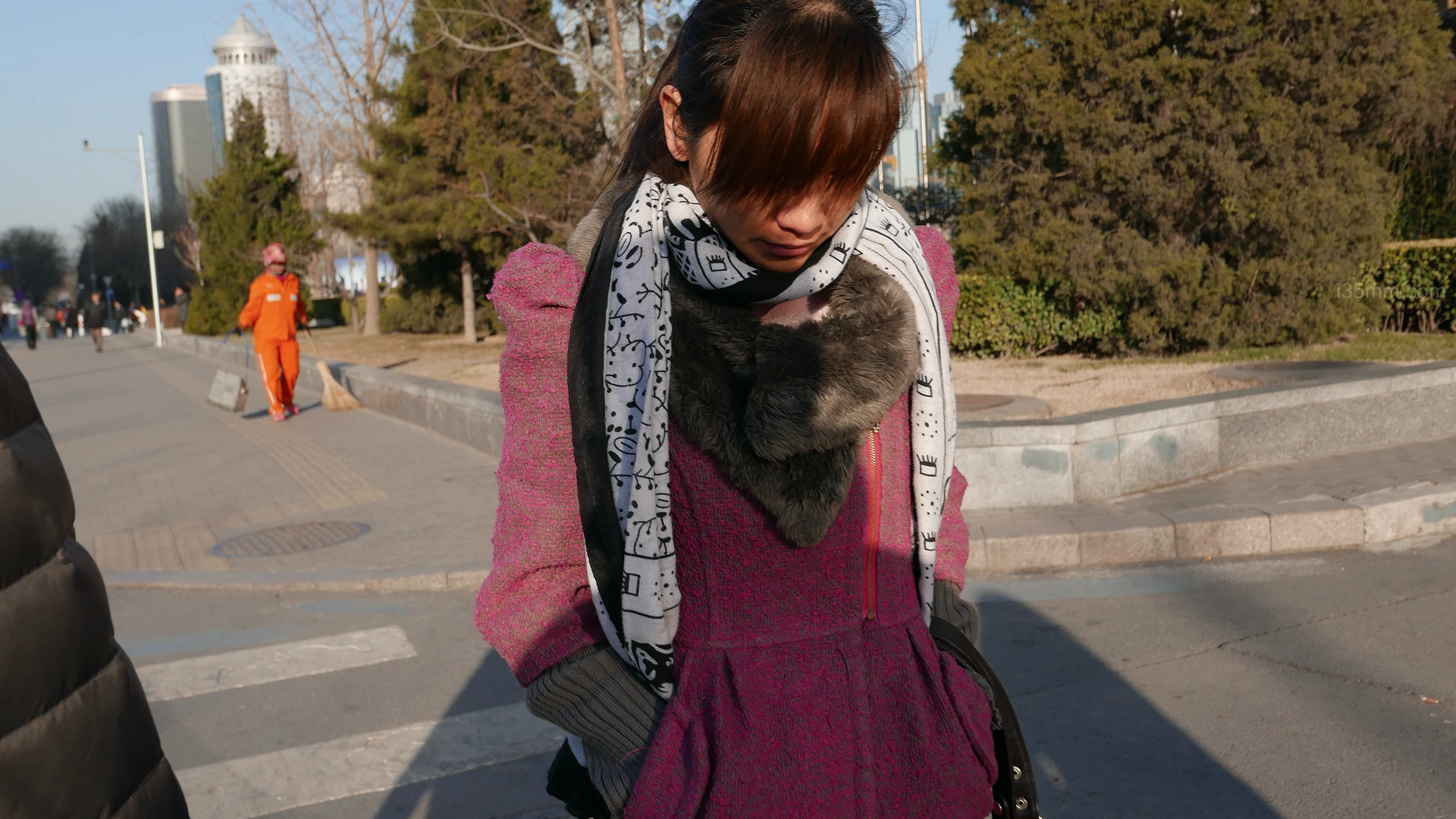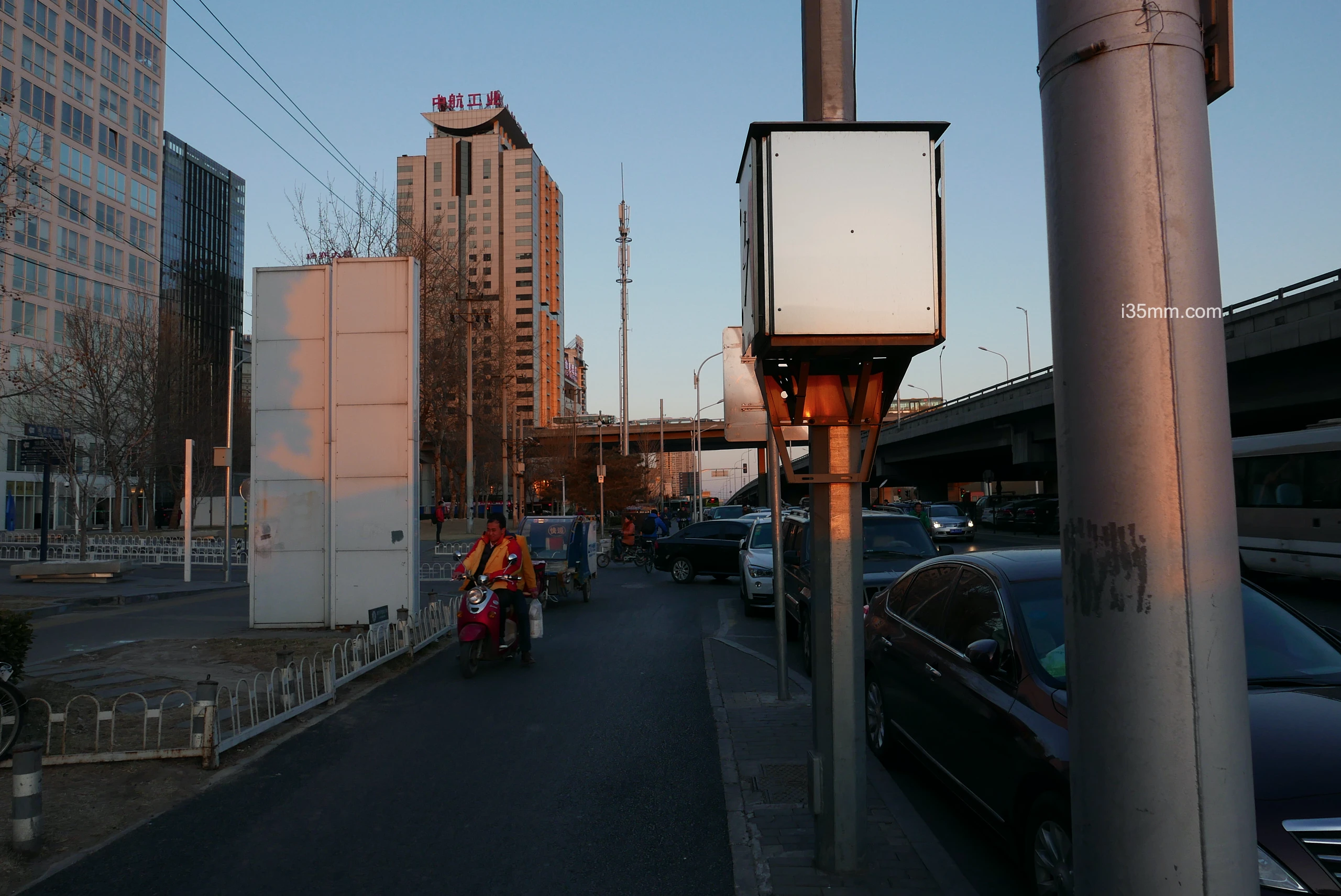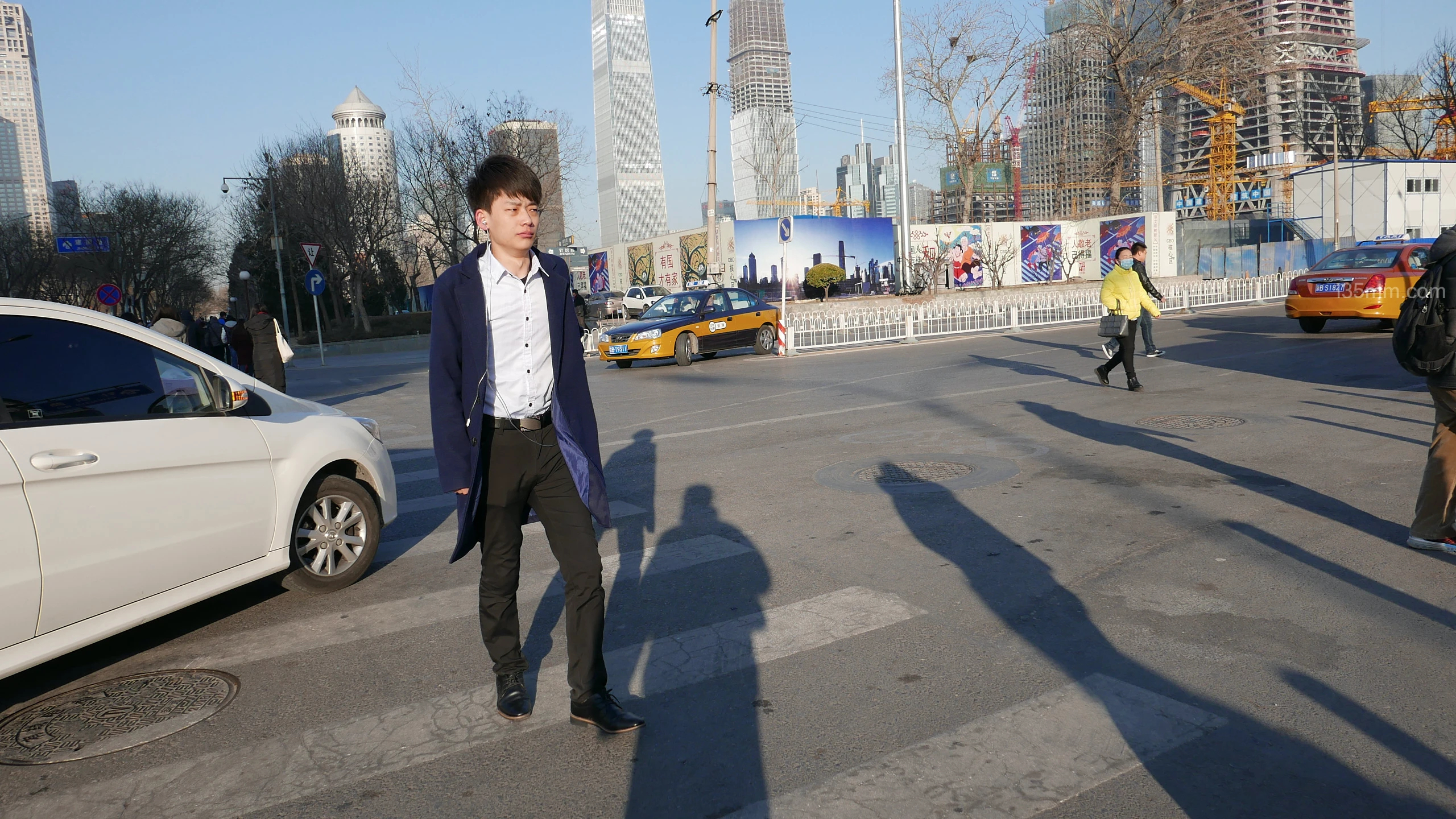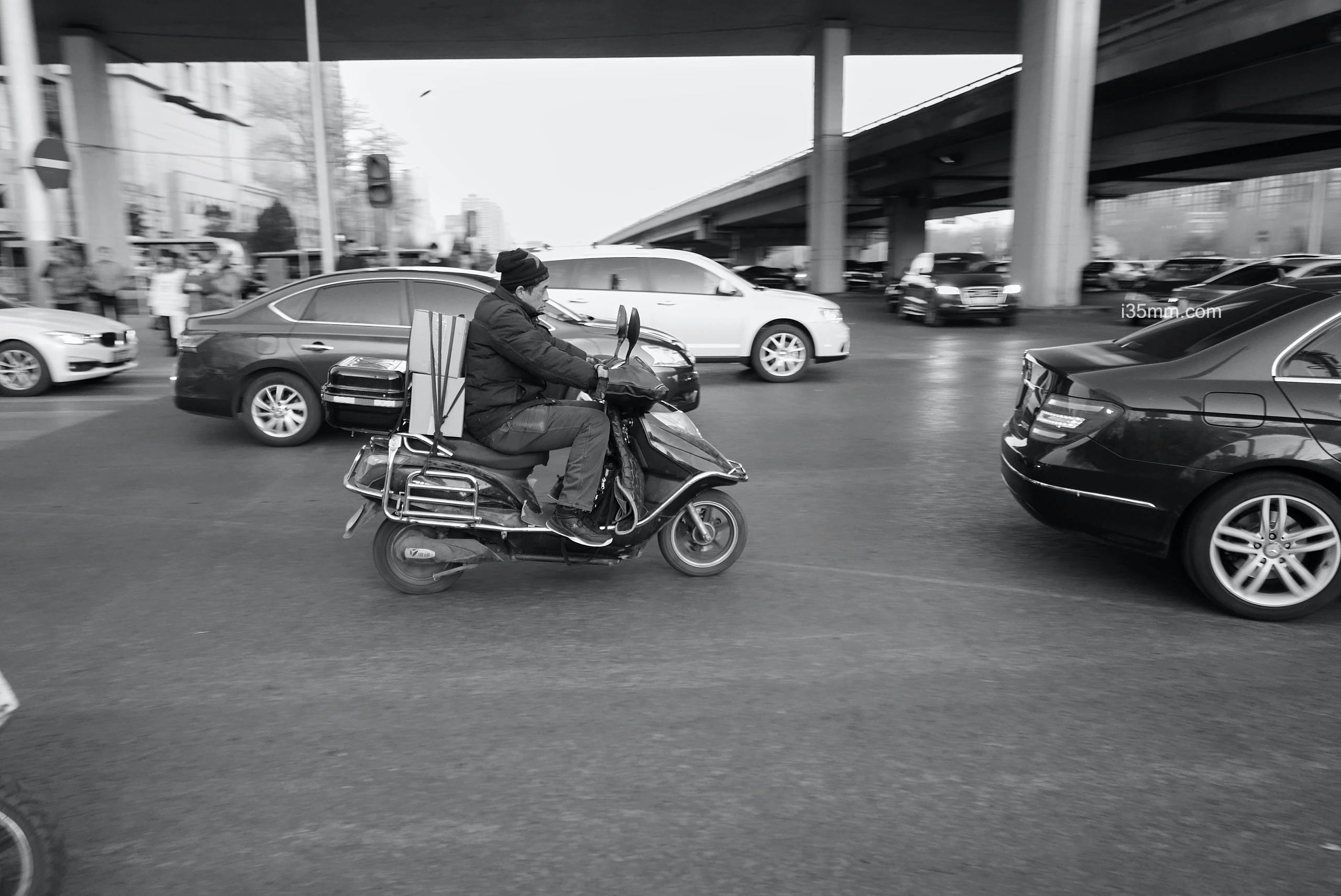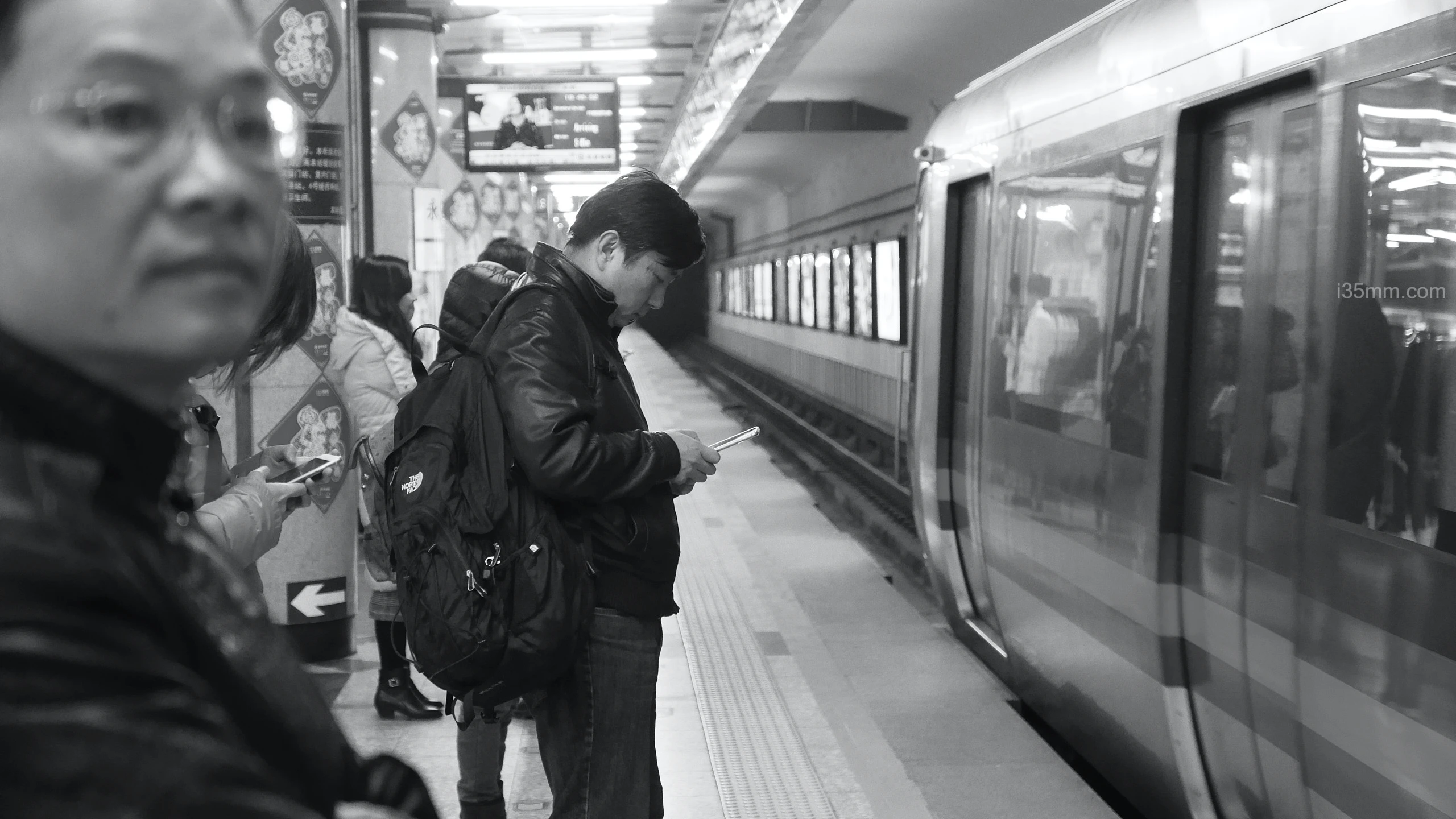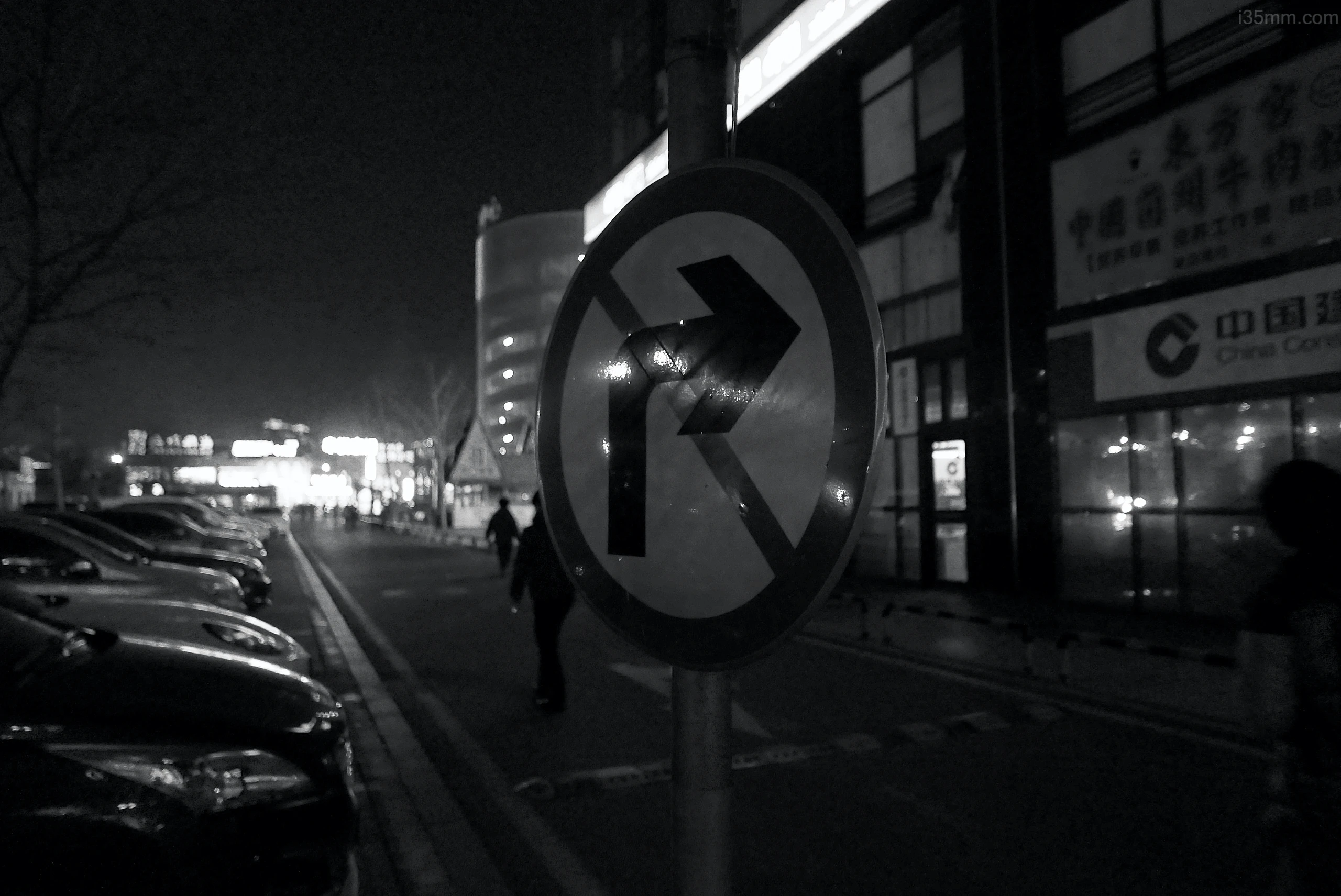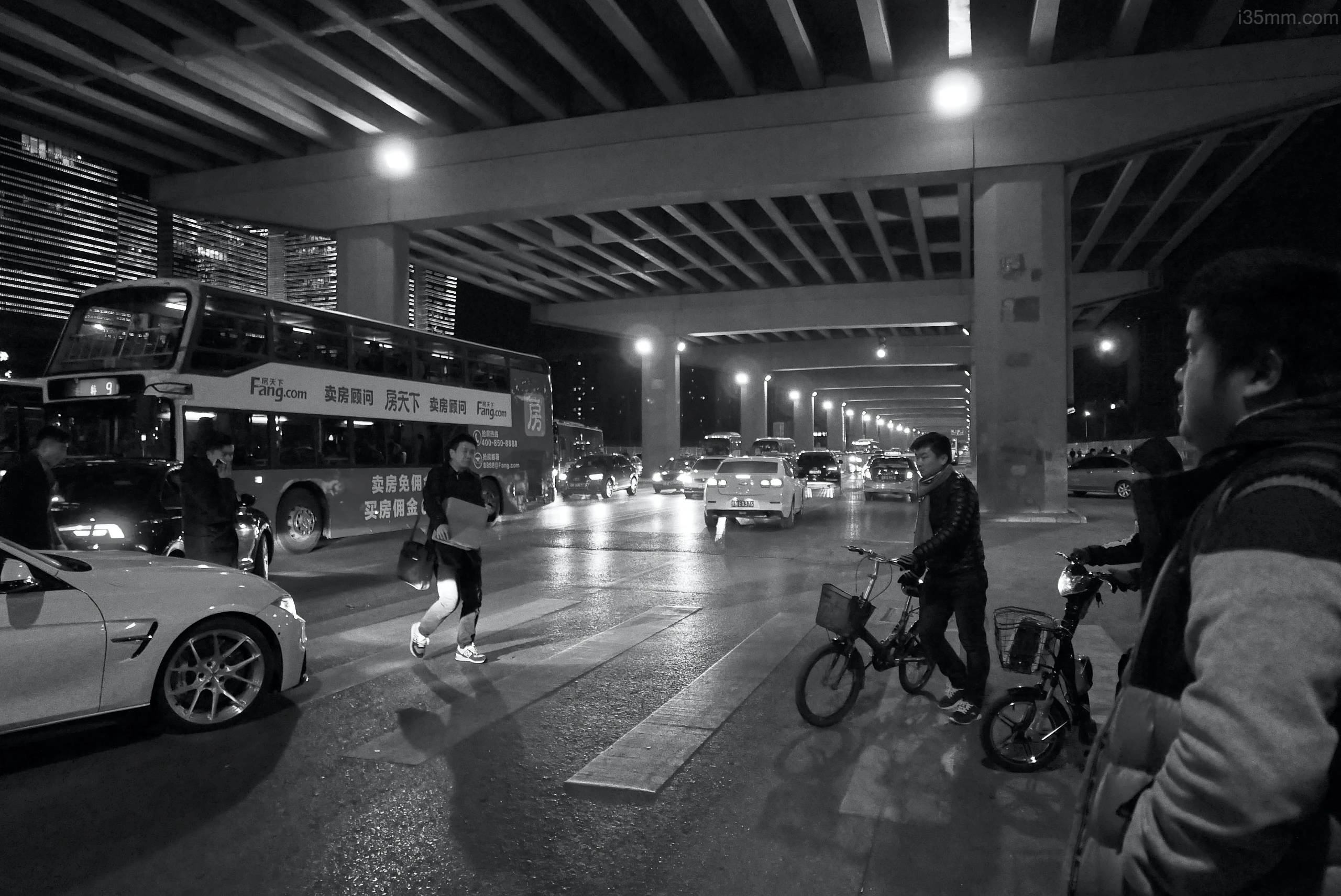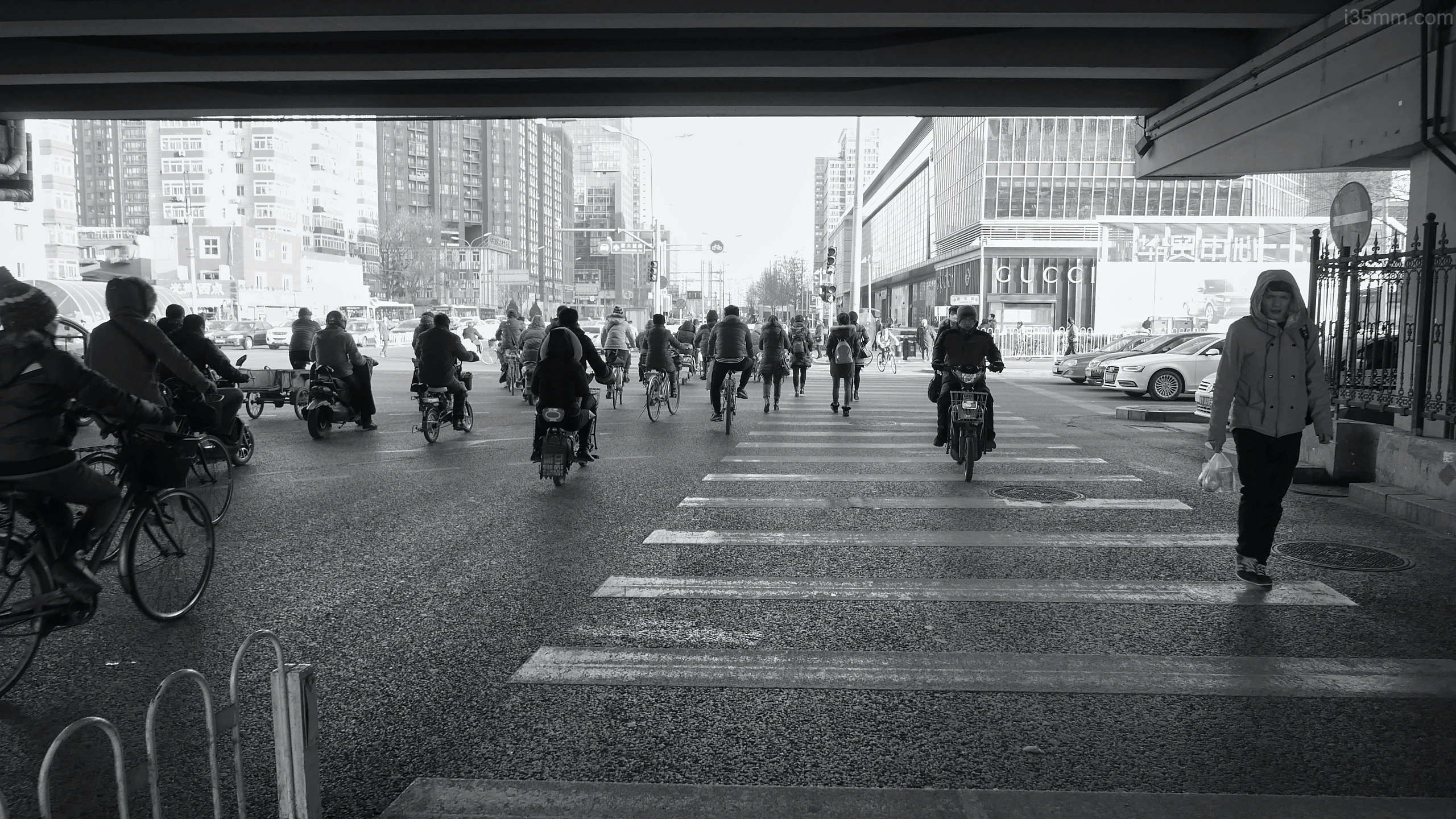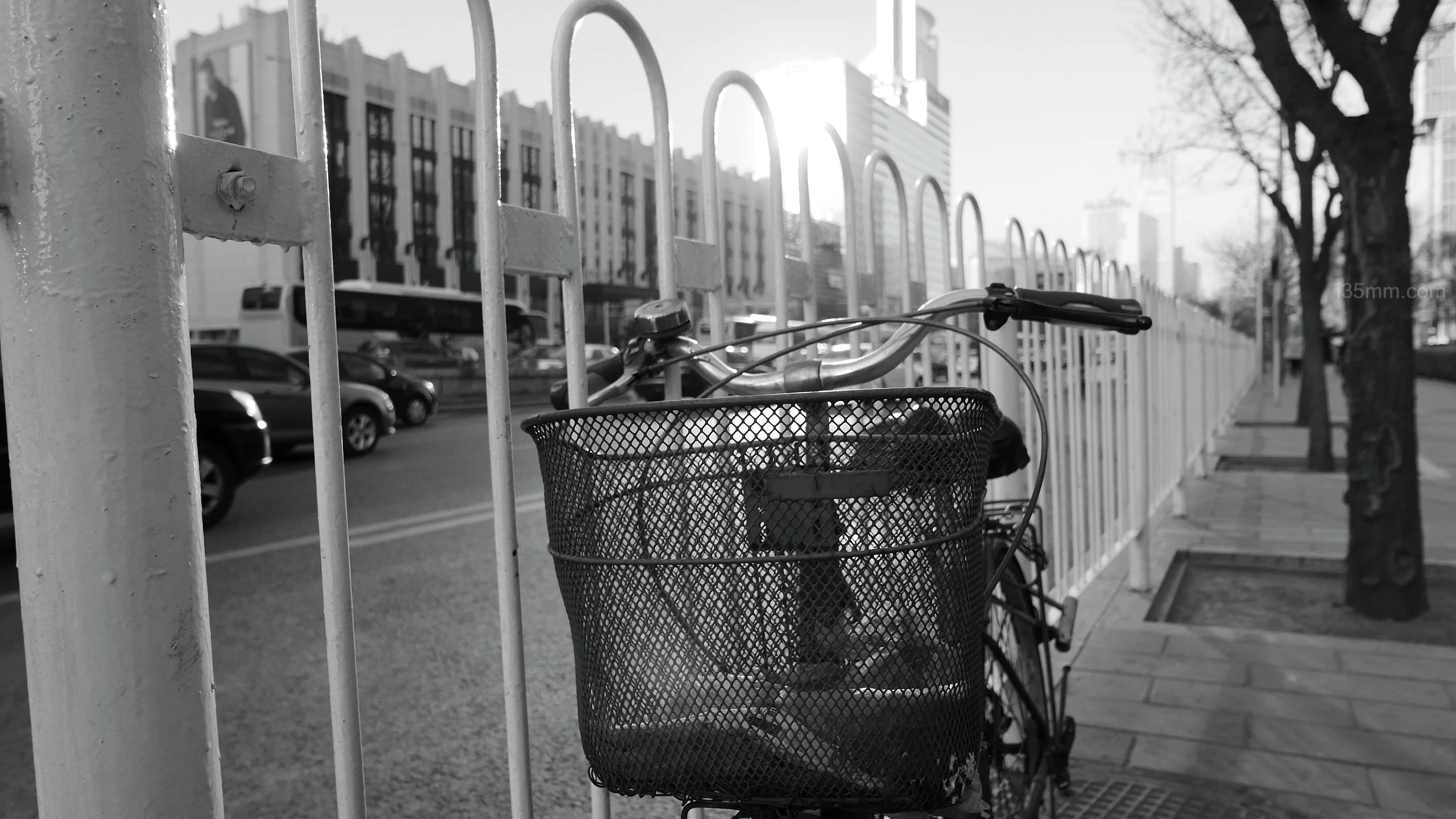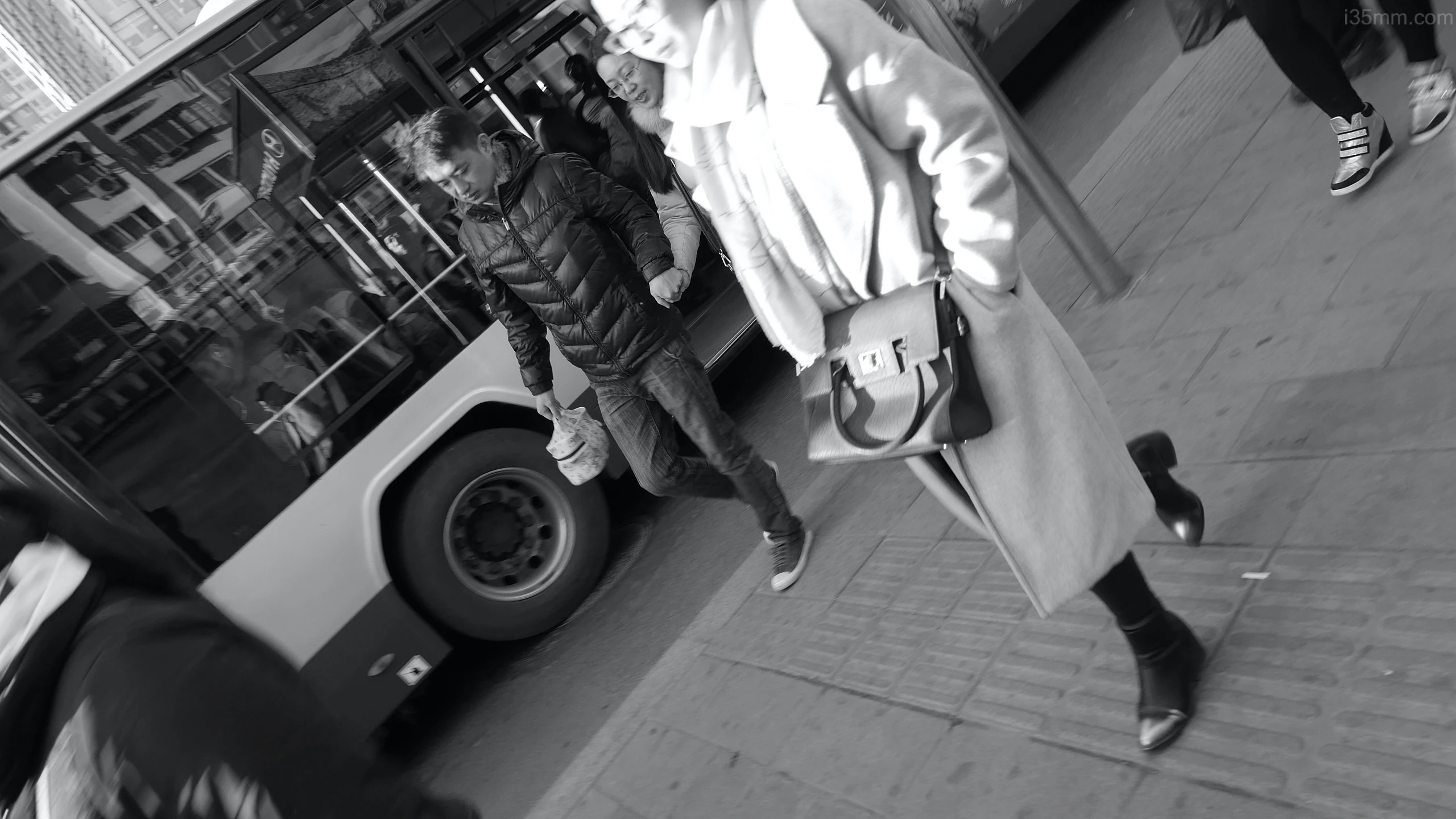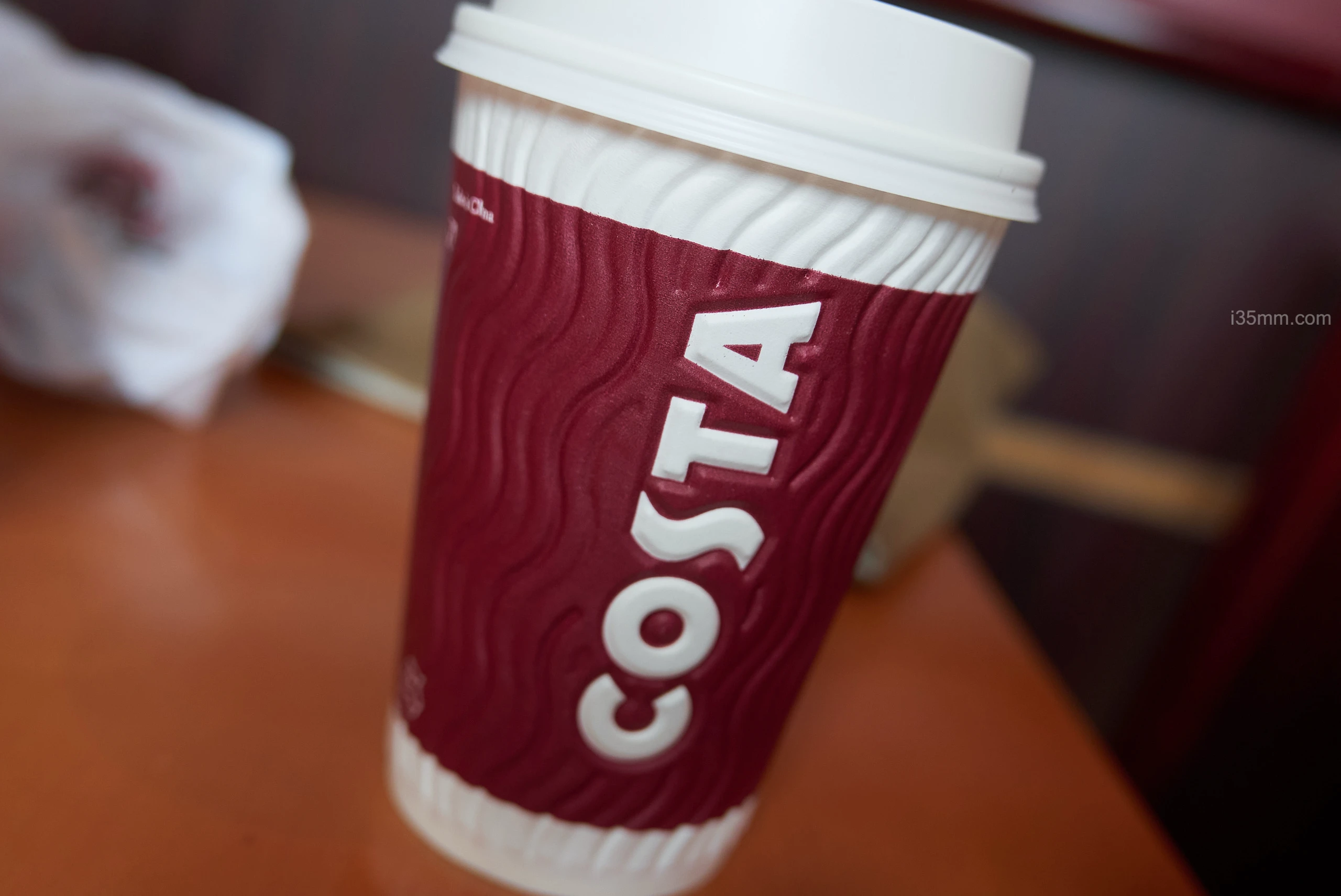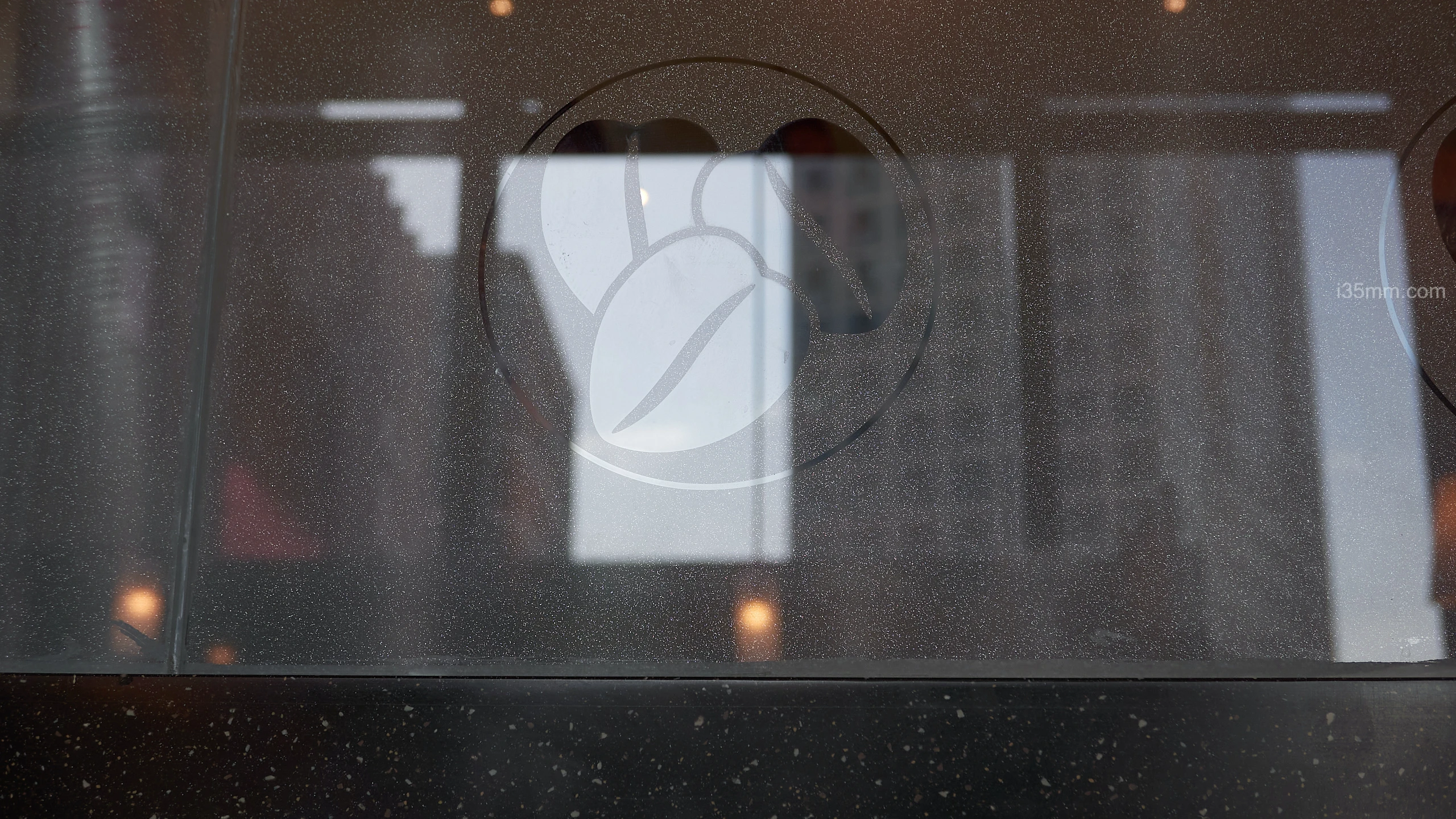The Underdog’s Revenge
In the shadow of its ASPH successor and the cult-favorite v1, the Elmarit-M 28mm f/2.8 v3 (1980-1993) lurks—a 230g brass-bound paradox. Too young to be “vintage,” too old to be “relevant,” this lens is photography’s equivalent of a Weimar-era cabaret singer: overlooked, undervalued, and dripping with more character than modern optics dare allow.


Design
- Tactile Time Machine
- Dimensions: 49mm x 44mm—chunkier than a Moleskine notebook
- Weight: 230g (8.1oz)—dense as a Thomas Mann novella
- Aesthetic: Chrome finish aging like Berlin Wall graffiti
- Mechanical Sonnet
- Focus Throw: 160° from 0.7m to ∞—street photographer’s waltz
- Aperture: 8-blade iris painting bokeh like charcoal smudges
- Compatability
- Film Bodies: M6’s soulmate
- Digital: M10 tolerates it, M11 pampers it
Optical Scripture
| Aspect | Elmarit v3 | ASPH (Current) |
|---|---|---|
| Resolution | 35mm film sweet spot | Digital perfection |
| Color Rendering | Honeyed tungsten warmth | Clinical accuracy |
| Bokeh Transition | Gradual as Brahms lullaby | Abrupt as text alert |
| Soul | Wim Wenders’ gaze | CAD algorithm |
The ASPH Paradox
Leica engineers’ cruel joke: The ASPH version out-resolves v3 by 30% yet loses the je ne sais quoi. Test charts crown ASPH; human eyes crave v3’s:
- Bokeh Gradient: From sharp to blurry like fading memory
- Color Depth: Reds bleeding like 1980s neon signage
Pro Tips for Analog Rebels
- Film Pairing: Kodak Gold 200 for caramelized shadows
- Digital Hack: -0.3EV exposure comp to deepen colors
- Zone Focus: Paint 1m/3ft mark with red nail polish




Who Should Embrace This Relic?
✓ Bargain Hunters: Sniffing Leica soul under $1.5k
✓ Film Purists: Building M6 kits without selling kidneys
Avoid If: You need corner-to-corner sharpness or AF.
Final Verdict: The People’s Leica
The v3 Elmarit embodies optical perfection, blending vintage allure with modern performance. This $1,000 lens rivals today’s digital counterparts, offering superb clarity and character. For the price of an iPhone, you gain:
- This lens, with the quality of a 98% new one, delivers 80% of Leica’s magic at just 30% of the ASPH cost.
- A testament to the beauty of imperfection.
- Proof that sometimes, ‘outdated’ outshines ‘over-engineered’.

Rating: ⭐⭐⭐⭐/5 (for poets) | ⭐⭐⭐⭐/5 (for pixel peepers)
A lens that whispers: ‘Affordable magic, Leica-style—proof that excellence doesn’t always come at a high price.












































